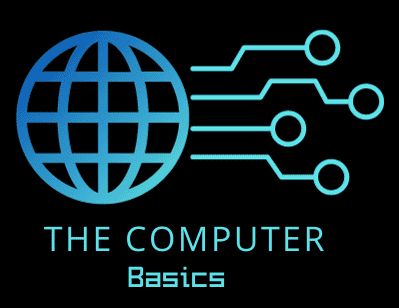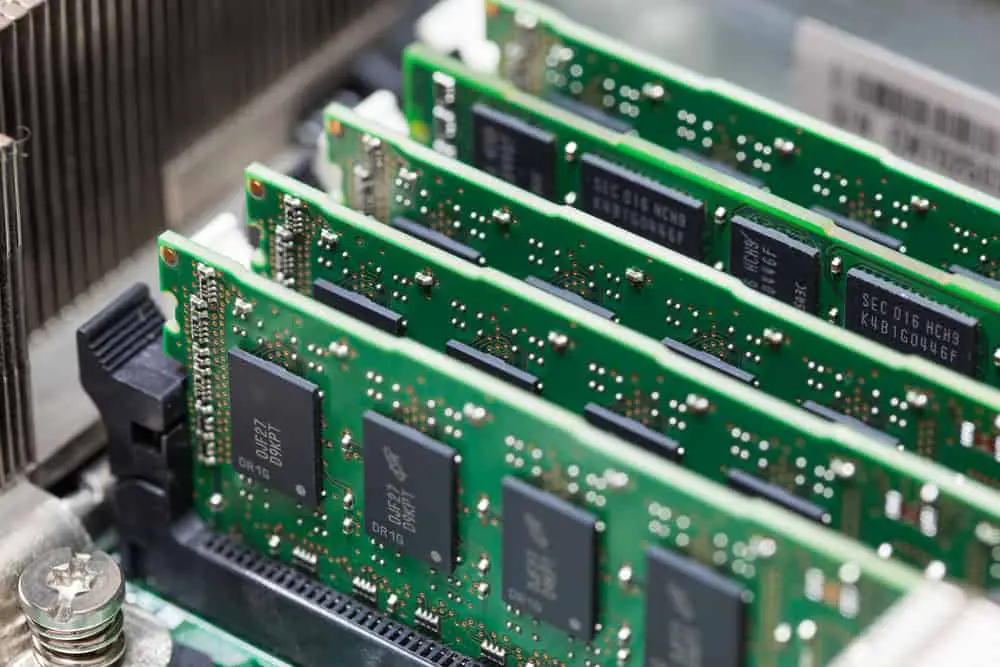When you’re working on your computer, having enough RAM is crucial for ensuring that your system runs smoothly and efficiently. RAM, or Random Access Memory, is a key component that your computer relies on to store data temporarily while performing tasks.
It’s essentially the short-term memory that your computer uses to access information quickly. However, you might encounter a situation where your computer is only using half of the installed RAM, leading to potential performance issues.

Encountering a situation where your computer recognizes the installed RAM but isn’t using all of it can be confusing and frustrating.
This could happen for a variety of reasons, such as hardware compatibility issues, misconfiguration in the BIOS or UEFI settings, or an operating system limitation. Usable RAM is what’s available for your operating system and applications to use; if only half of your installed RAM is usable, your computer’s performance can suffer.
This means tasks might take longer to complete, and multitasking could lead to slowdowns or system hang-ups.
Addressing the usable RAM issue typically involves troubleshooting various system settings and hardware configurations. Ensuring that you have the correct version of the operating system that supports the full amount of RAM, checking that your RAM sticks are properly seated, and confirming that there are no hardware conflicts are some of the steps you can take.
Sometimes, updating your system’s firmware or making adjustments in your system settings can resolve these issues. It’s important to systematically diagnose the problem to restore your computer’s ability to use all of its RAM.
Understanding RAM and Memory Management
To enhance your computer’s performance and multitasking capabilities, it’s essential to comprehend how RAM functions and how operating systems manage memory.
How RAM Works
Random Access Memory (RAM) is crucial for your computer’s operation. It serves as the primary data storage that your processor accesses for running programs and performing tasks.
Unlike hard drives, RAM is volatile, which means it loses its content when the power is off. The more RAM your system has, the more information it can store and quickly retrieve, allowing for smoother performance and better multitasking.
Memory Management in Operating Systems
Operating systems play a vital role in memory management, effectively acting as the intermediary between your hardware and software. They allocate space in RAM for programs and manage the communication between RAM and the system’s storage.
The efficiency of this process dictates how well your computer performs, especially when handling multiple tasks simultaneously. Operating systems also use techniques like paging and segmentation to optimize the use of memory.
Factors Affecting RAM Usage
Several factors can influence how much RAM is available for use by your computer. Hardware limitations, such as a maximum RAM capacity set by the motherboard, can cap the usable memory.
The presence and state of drivers, certain software demands, and operating system architecture (32-bit vs 64-bit) can affect memory allocation. Even though you may have installed sufficient RAM, these factors can result in scenarios where your system may only be able to utilize half of it.
Hardware and System Configuration
When your computer does not use all of the installed RAM, the issue typically lies in your system’s hardware configuration and settings.
By understanding and adjusting your Motherboard Specifications, BIOS, and System Settings, and acknowledging Compatibility and Hardware Limitations, you can diagnose and often resolve memory usage issues.
Motherboard Specifications
Your motherboard determines the maximum memory capacity and the type of RAM it supports. Always check your motherboard’s documentation to ensure the installed memory is compatible.
Look for specifications regarding memory remapping features, which can enable your system to access more RAM, especially if you’re on a 64-bit operating system.
BIOS and System Settings
The BIOS (Basic Input/Output System) holds essential settings controlling the hardware. To ensure your computer uses all available RAM, check the BIOS settings for options such as “Memory Remapping” and ensure system configuration is not limiting the maximum memory.
This is crucial, particularly when additional RAM has been added after purchase.
Compatibility and Hardware Limitations
Compatibility issues between the motherboard and the memory modules can cause RAM to be underutilized. Moreover, hardware limitations, such as a 32-bit operating system, can inherently limit the usable RAM to around 4GB.
Ensure all your hardware components are compatible, and address potential hardware limitations to leverage your system’s full RAM capabilities.
Software and OS Challenges

When it comes to your computer’s RAM utilization, software, and operating system limitations can play a significant role in how much memory is available to you. Understanding these challenges helps in maximizing the efficiency of your system.
32-bit vs. 64-bit Operating Systems
A critical aspect of RAM usage is whether you’re running a 32-bit or a 64-bit operating system. A 32-bit operating system can only support up to 4GB of RAM, regardless of how much is physically installed in your system.
On the other hand, a 64-bit operating system can recognize and use significantly more RAM, enhancing performance, especially in demanding software applications.
If you’re on Windows and only see half of your RAM available, you should check if you’re running a 32-bit version of Windows, which might be the bottleneck.
Memory Leak Issues and Mitigation
Memory leaks occur when software applications do not release memory that was previously reserved for their use. Over time, this can accumulate and may cause your system to use only half of its available RAM.
To mitigate memory leak issues, keep your software and drivers up to date, monitor your applications for abnormal RAM usage, and use system tools to analyze and stop processes that are misusing memory.
Operating System Configurations
Your system’s configuration settings play a vital role in RAM usage as well. In Windows, for example, you can manage virtual memory settings to ensure optimal performance. Use msconfig and navigate to the Boot tab to adjust settings that could restrict your RAM usage.
Incorrect configurations here can lead to underutilization of your RAM, making it crucial to verify these settings align with your hardware capabilities. For more guidance on adjusting virtual memory and achieving maximum system performance, consult the advice on Windows 10 virtual memory configurations.
Upgrading and Optimizing RAM Usage

Maximizing the performance of your computer often involves managing your Random Access Memory (RAM) effectively. If your system is currently only utilizing half of its RAM, you may need to make some upgrades or adjust settings to optimize RAM usage.
When to Consider Adding More RAM
When your installed RAM—whether it’s DDR3 or DDR4—starts falling short, your system’s multitasking abilities can be severely hampered. You should consider adding more RAM if:
- You frequently run memory-intensive applications or multitask rigorously.
- Your laptop or PC struggles to keep up with your workflow.
- Upgrading from 8GB to 16GB of RAM could provide a noticeable performance improvement.
Troubleshooting Steps for Optimizing RAM
The following troubleshooting steps can help ensure you’re making the most of your existing RAM:
- Open Task Manager and check which processes are using the most memory, then investigate if these can be managed more effectively.
- Update your system drivers, as outdated drivers may lead to inefficient RAM usage.
Advanced System Adjustments
For users who are comfortable with deeper system tweaks:
- Use the Registry Editor to navigate to
HKEY_LOCAL_MACHINE\SYSTEM\CurrentControlSet\Control\Session Manager\Memory Managementand setClearPageFileAtShutdownto1. - Adjust the RAM allocation in system settings by opening the Control Panel, navigating to the system properties, and specifying the maximum memory.
Remember to ensure all changes comply with your system specifications and compatibility requirements.

